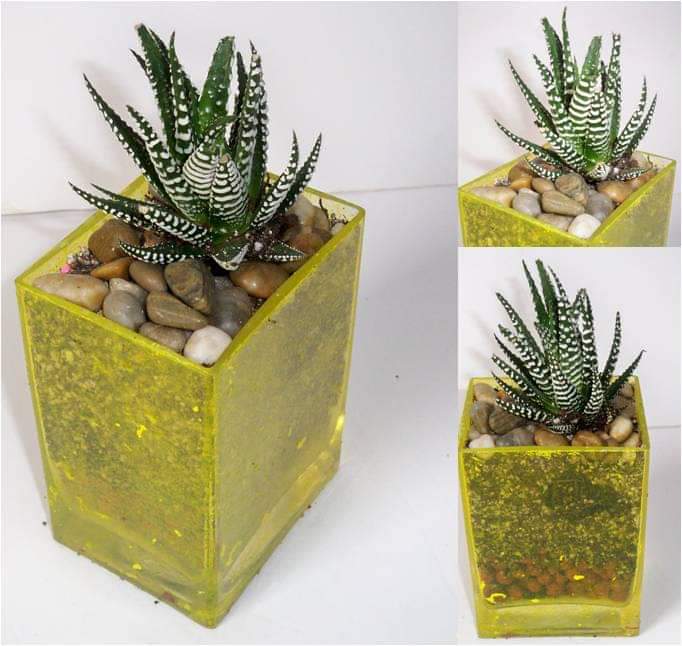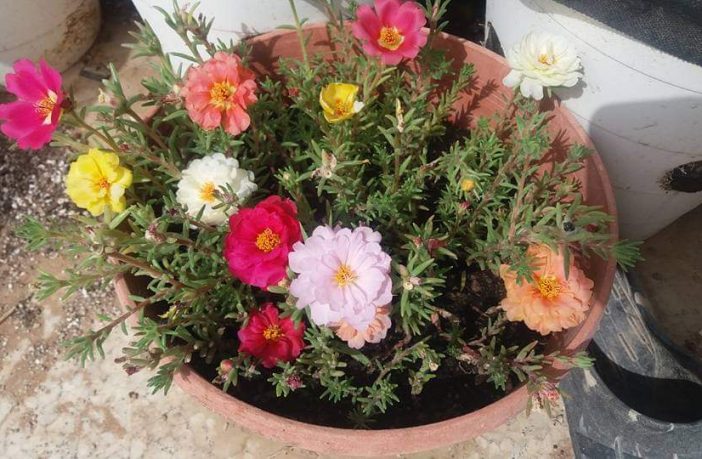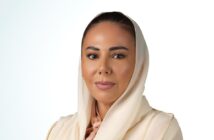BY YUSUF MARIO GERMINO
Too much time in your hands? Take this opportunity to discover if you have a “green thumb” by starting a garden in your free space – no matter how big or small it is. Here’s how.
They say that the love of gardening is a seed once sown that never dies. When I started my own journey into gardening, I realized that no matter how challenging, frustrating, or tedious gardening in Saudi Arabia seems, I still find it to be calming and satisfying. I was able to find myself in a space where I can use my time and energy experiencing life in another form: plants.
We have long believed that there is a “green thumb” or a person with an exceptional skill for gardening or for growing plants and a “black thumb”, the opposite which means an inability to make plants grow. I believe that there are no such things and that they are myths. ‘There are no gardening mistakes, only experiments.’
The key to a successful and thriving garden, anywhere you are including Saudi Arabia, is knowing how much or how little of the following your plants need: water, sun, and nutrients. Make sure that these are available where you are, whether you’re planning your mini garden indoor or outdoor. It’s also important to know the type of soil your plants will be happy being planted in.
Here are tips on how to start, grow, and maintain a healthy home garden:
First, decide what you want to grow. Do you want ornamental or flowering plants for beautification of your empty spaces? Do you want herbs and vegetables for your family’s consumption? Herbs in small pots are very popular nowadays. After deciding on what plants you want to grow, you have to research and focus on what they specifically need especially when it comes to the amount of water and light, kinds of nutrients, and types of soil.
Water and Moisture
▪ Know your plant’s water requirement. Overwatering kills as much as underwatering your plant.
▪ Always check your soil before watering. Sticking your finger in it is an easy method to know when to water. Some plants need to be dried in between watering, slightly moist at all times, soaked regularly or need to receive occasional watering.
▪ Ensure your pots have drain holes and it is not clogged at any time.
▪ Combine your potting mix with equal parts of sand to aid in drainage and prevent caking over time. Perlite is a soil additive that helps your soil to maintain moisture and aids in drainage as well.
▪ For an outdoor garden, installing an automated drip irrigation system will go a long way in keeping your garden thriving even during summer without much manual effort.
Light and Shade
▪ Light is necessary for a healthy indoor or outdoor garden.
▪ Your plant has different light needs: several hours of direct sun, several hours of bright light but not direct sun, partial or full shade, or intermittent lighting.
▪ For an outdoor garden in Saudi Arabia, many cities have extreme weather that could be difficult for plants unless an intervention is implemented. Shade cloth that would suppress up to 90% of the stress direct sun can cause to your plants is very beneficial.
Nutrients
▪ Plants, like humans and animals, also need food to grow and thrive.
▪ NPK (Nitrogen – Phosphorus – Potassium) are the three basic macro nutrients a plant needs.
▪ Other minerals necessary for plant growth secondary nutrients (calcium, magnesium, sulfur) and micronutrients: boron, chlorine, copper, iron, manganese, molybdenum, and zinc.
▪ Nutritional needs of plants are supplied organically by applying compost or inorganically by using commercially available chemical fertilizers (liquid, powder, capsule root tabs, slow release pellets). You can easily create homemade compost by setting aside vegetable and fruit scraps from the kitchen (except citrus fruits) and combining it with potting mix or dried grass in a container that has drainage holes. Keep the mix moist to encourage decomposition and store it in a cool dark place. Top it up occasionally and harvest after 6 months.

Soil
Soil creates a medium for moisture, nutrients and micro-organism to thrive and support plant life. In Saudi Arabia, the general type of soil is sandy and it is inefficient in holding both water and nutrients. It is therefore necessary to amend it by using commercially available potting mixes like peat moss, compost, or organic soil mix that are usually sold in bags. Mixing any of these mediums with sand (1:1) is necessary to aid drainage and prevent caking when dry or mushiness when water is clogged.
Each plant requires specific types of soil so it is important to know the soil requirement of your plant. The six types of soils are:
▫ Loamy – mix of silt, clay and sand (perfect for climbers, vegetables, root crops, berries)
▫ Chalky – usually overlays limestone bedrock or chalk and is alkaline (spinach, beets, corn, cabbage, sweet corn)
▫ Peaty – made of peat moss, dark and feels spongy when damp (root crops, leafy greens, brassicas)
▫ Silty – usually rich in nutrient, good drainage and feels soft and smooth to the hands (most vegetables, climbers, perennials, trees)
▫ Sandy – feels gritty, drains and dries fast (root crops, lettuce, strawberries, corn, squash)
▫ Clay – feels lumpy and sticky when wet (summer crop vegetables, fruit trees, ornamental trees)
Soilless gardening
A new trend sweeping the agriculture industry because of its efficient use of water and space is soil-less agriculture or gardening. Instead of soil, plants are planted in other media such as rocks, pebbles, sponge, coco coir etc. Nutrients that are otherwise sourced from soil is provided via recirculating water enriched with liquefied nutrients. This is called hydroponics.
Soilless gardening or agriculture utilizes between 5% to 10% of water only and plant growth is sped up by double or triple compared to conventional gardening/agriculture methods.
In Saudi Arabia, many home gardeners are switching to hydroponics for growing edible plants for family use. Hydroponics farms are also seeing popularity as a more profitable form of growing food. For a keen gardener who wishes to implement a more sustainable approach to modern gardening, aquaponics is another option. Aquaponics is the growing of fish (whether edible or ornamental) and plants together in a symbiotic, sustainable, recirculating and organic system. Aquaponics is suitable for home or commercial food production.
Now that you know which plants you want to grow and what type of garden you want to have (with soil and pots or soilless), choose the location or space for your garden. Indoor or outdoor? How much space do you have? Once you select a spot, it’s time to buy some basic gardening tools like shovels, pots, watering cans, etc. Of course, don’t forget the seeds and soil.
When it’s time for planting, make sure to read the instructions that come with the seed packets, or research online on the best methods to do them. Nurture your garden. Even when you become busy with work or other activities, do not forget to take care of your plants and you’ll reap and harvest your rewards from it. Gardening teaches patience and brings joy in more ways than one.
I hope that this article gives you the basic information you should know to start and maintain a thriving garden in Saudi Arabia. For more practical tips, you can check out the Facebook page of “Jeddah Gardeners Club” (https://www.facebook.com/JeddahGardenersClub).




